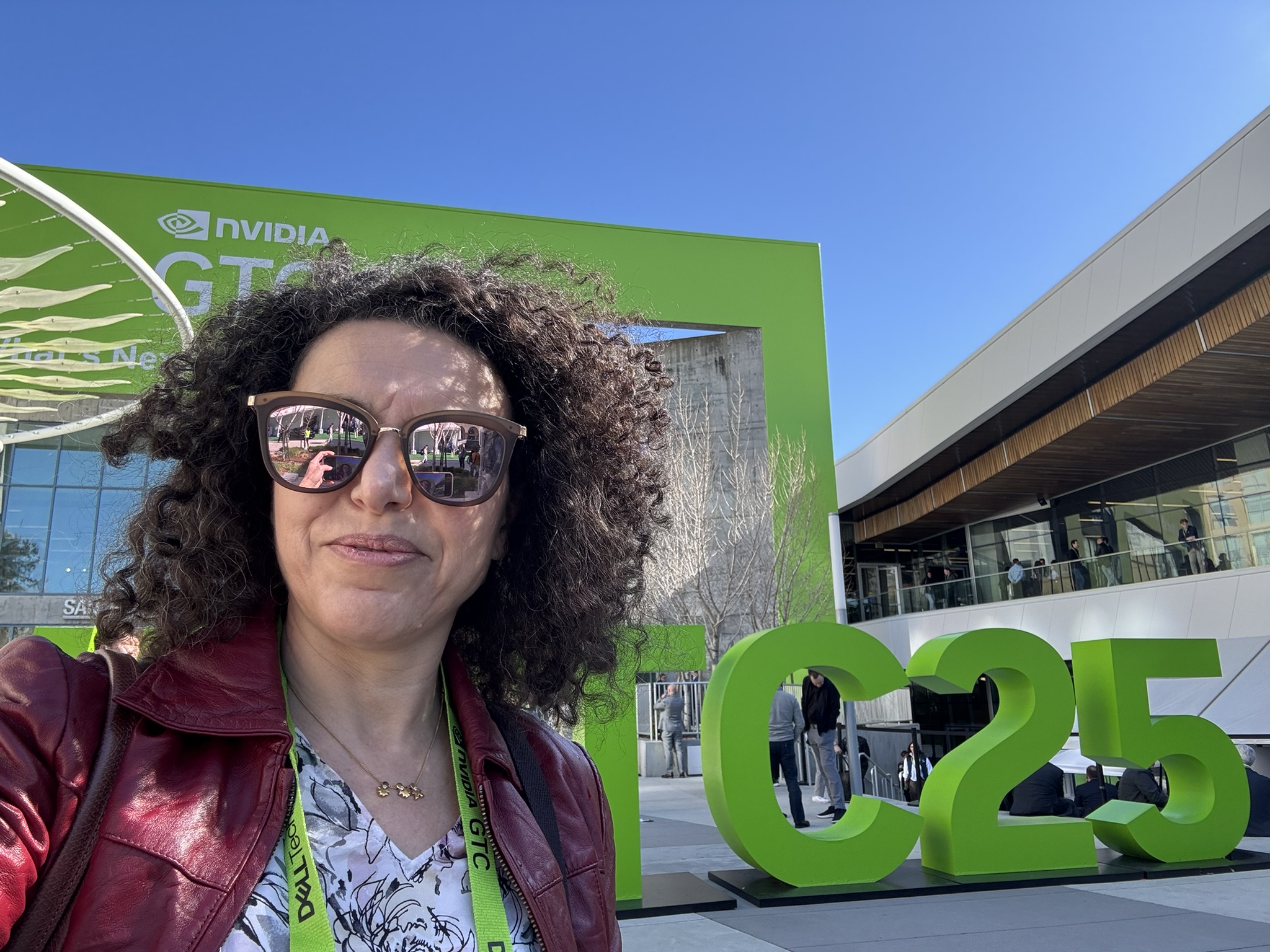
Homeschooling is not an easy feat, but it can be done, even if you are not a teacher.
Many friends and colleagues have approached me for tips about homeschooling as I have homeschooled my three children at various points in their lives and in several states. (The rules for homeschooling change by state, but with school closures, that’s the least of our concerns.)
The most important thing is keeping kids engaged and keeping them learning. “Their brains are in constant development,” says Dr. Telma Picante, an expert in language acquisition and childhood development.
If you are stickler for order, you can consult the Common Core Standards for a description of what students should know and be able to do in each subject in each grade. (The link will lead you to the California Department of Education, but the standards are pretty much the same across the country).
And a big disclosure before I begin the list: I have no ties to any of the resources and companies I list here, no payment, no gifts, zilch. I truly believe they offer good stuff.
STEP 1 – Start Small: Help your kids find something they are interested in
You Don’t Need to Address Every Subject at Once! Check your school or school district web site for guidance. Many are assembling resources for families.
If your kid has a preference for a subject or a topic, start there. It will be easier to add on to that if this shelter-in-place continues.
If you don’t know where to start, peruse some resources that have a variety of topics available. BrainPOP, usually a paid education website, has just made available some of their resources for free to schools and families impacted by school closures. They build content around different topics, make videos where a curious boy and a robot investigate it, and have activities and lesson ideas available.
Let your kids roam the websites and find something that piques their interest. Extra screen time for a limited time is not a big deal.
Another multisubject site, usually paid, but now offering some free resources is IXL. It is a task-oriented site where kids work on skills based on grade level and subject and earn badges along the way. My kids found it could get repetitive, but you don’t need to have your kids finish every single lesson.
If they are into a particular topic, whether it’s dinosaurs, rockets, or baking, you can use it as a bridge to different activities. At home, we worked on teamwork, taking turns, fractions, metric system, and the biology of taste and digestion while baking cookies and making home-made pasta.
STEP 2 – Establish a Routine: You don’t need to enforce it with a bell, but a schedule really helps
A schedule doesn’t need to start at 8:00 sharp. It is ok to let the kids sleep in a bit. In fact, many really need it! I have two night-owls and an early-bird. I was mindful of this while homeschooling. Change up what the kids do at their peek time to keep their brain engaged. This may be as simple as starting every day of the week at the same time but with a different task or topic.
Include chores and family projects that may have been part of after school activities into your new schedule. Now with my three kids at home for breakfast, lunch, and dinner, I’d go insane if they didn’t help me wash dishes!
A site I’ll share here is AdaptedMind for math and reading for K-8 kids. It offers a 1-month-free-trial, which might be just the ticket these days.
Include time for physical movement. You can just dance, use dance games, play with your pup, play tag or throw hoops in your backyard if you have one. When we were in Florida and the weather outside was just too hot and humid out, we all did follow along video of mild exercise. In some areas, you can still ride a bike outside, provided it’s safe and people keep their distance. Check with recommendation for your area.
Outdoor time is also a great way to stimulate production of vitamin D. Research suggests that many Americans lack vitamin D, and this deficiency is linked to chronic conditions. Make sure you don’t try new things suddenly. Even yoga can be strenuous if done wrong. Something that counts towards physical activity is a good spring cleaning of the garage! All that going back and forth and carrying things (make sure no one is lifting too much weight, we don’t want any sore backs)
Of course, no routine would be complete without reading on paper, the old-fashioned way. Set up time to read or re-read if that’s all you can get your hands on for now. It is also time away from the screen. If your kids read a book already, help them find a new angle. If they don’t love annotating the book, they can create flashcards or notes about a certain character, or issue in the book.
Handwriting is utterly important. Not typing, handwriting. It truly wires their brain for success. Many experts now see the loss from deprecating handwriting at schools. And lots of evidence shows they are right.
Writing, which is the next step, is trickier, but don’t despair, just encourage your kids to write. There will be time for polishing and editing. If you are interested in resources for writing Traits of Writing: The Complete Guide for Middle by Ruth Culham, and The Writing Revolution: A Guide to Advancing Thinking Through Writing in All Subjects and Grades by Judith C. Hochman and Natalie Wexler (I believe this is available on Kindle).
A great series for writing, math, and more is the DK Series Help Your Kids With. You can get Help Your Kids With Math, Language Arts, Science, Computer Coding, Study Skills.
STEP 3 – Go on Virtual Field Trips

I used to use the afternoons for field trips with my kids. In the mornings, we’d run through our academic part of the day and do at home projects, and then we’d take off to an outing. We visited, libraries, bookstores, museums, aquariums, parks, train stations, and restaurants. I know we cannot do any of these in person right now. But many of these establishments are offering virtual tours! Some of the ones I love are:
Musée d’Orsay, Paris, where you can see works by Van Gogh, Monet, Cézanne, and Gauguin, among others. My favorite museum for its architecture, its re-purposing project from train station to gallery is available through Google Arts. And its many impressionist works can spark art projects galore!
Musei Vaticani, Vatican City, with some of most celebrated art pieces in the world. You can tour the Sistine Chapel as if you were by yourself. And you can see pictures from the Gallery of Maps restoration. Something really cool: the historic map of Venice (below) is almost exactly the same as the one you can see today on Google maps—minus a parking structure on the “face of the fish.”
British Museum, London, where the ancient Rosetta Stone and famous Egyptian mummies are housed. I confess, I wanted to be an Egyptologist when I was a child. I am a translator and have Rosetta stone mementos all over the house: mousepad, water bottle, even a real-scale replica that I’ve used for school art exhibits.
National Gallery of Art, Washington, D.C. offers two online tours through Google Arts, one on fashion and one on Dutch art.
National Museum of Modern and Contemporary Art, Seoul is also available for tours through Google Arts.
Van Gogh Museum, Amsterdam has the largest collection of pieces by Vincent van Gogh.
The Louvre, Paris offers some virtual tours. You cannot see The Mona Lisa, but you can see the Sphinx in their Egyptian exhibit. The Riddle of the Sphinx is a great conversation starter about thinking outside the box! (A book I love for this is Two Ways to Count to Ten.)
Uffizi Gallery, Florence has a wonderful digital archive that includes all kinds of details of the works, and virtual exhibits called HyperVisions. Their latest, On Being Present, is part of the Black History Month Florence program. This museum houses my favorite painting in the whole world: Spring, by Sandro Botticelli. Although it has many facets, I see it as a celebration of women, love, and perseverance.
Several other art museums and galleries are included on Google Arts & Culture’s collection, and more are coming online.
Many aquariums have lots of fun and educational material on their web sites and live web cams! You can visit the Monterey Bay Aquarium. Some aquariums are finding interesting things happen now that they are closed to the public. In Chicago, penguins were allowed on a field trip! This is a great conversation started about ways to balance human activity and nature.
Step 4: Use TV and Apps to Your Advantage!

There are many wonderful apps out there. Two that my kids and I have loved:
Stack the States. and Stack the Countries, fantastic games to learn about geography and history, and ones where your kids won’t outpace you in three moves, showing them that you can know a thing or two as well!
For younger kids, FunBrain has some cute games with interesting information.
And remember, your phone is loaded with apps! You can use the calculator on your phone to check on mental math quizzes. You can use the world clock to talk about time zones. Time zones are a key piece in the puzzle of National Treasure (the movie), so you can watch the movie and discuss daylight savings time.
About watching TV. So many interesting options. If you and your kids have not watched Avatar, The Last Airbender (and even its Sequel, The Legend of Korra) is the best animated series ever. So much to talk about. And yes, there is some fighting, but there is sooo much more. Philosophy, life choices, life lessons, second chances. Truly a gem. Another fun one: Phineas and Ferb, you can get into science and tinkering with these two half brothers who dream up outrageous concoctions. We once built a maze out of cardboard boxes that lasted for weeks!
For little ones, The Berenstain Bears, Dragon Tales, and, truth be told, a lot of Barbie movies, they have been really empowering! (Barbie in the Nutcracker, Barbie of Swan Lake, Barbie as Rapunzel, Barbie as the Island Princess, Mermaidia, Fairytopia, and Mariposa and the Fairy Princess.
Step 5: Do Recess: It is a Thing Even in Homeschooling
Just because you are home, it does not mean recess is over. And though recess has even been questioned at school, research supports recess!!! Recess serves as a needed break from focusing on any task (basically, why coffee rooms exist!), especially challenging ones, like learning anything that literally rewiring your brain, as school-aged kids do every day!
Recess also offers cognitive, social, emotional, and physical benefits. If you have more than one kid, let them play and find their own rules (watch over at a distance if you must to ensure their safety).
Let the kids goof around, make a funny video, get into a pillow fight, mess around with the Legos without a plan, o just sit there. Children love exploring the world through interactive experiences. These experiences help kids process and integrate information they were learning during class time.
Recess is also meant for you! If you have little ones, take “me time” when they rest. With older kids, it’s easier to set them up and “disappear” for a bit. My breaks these include reading, talking on the phone with family or friends, and even reorganizing a drawer. Just be kind to yourself.





